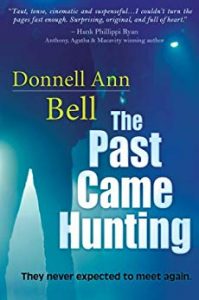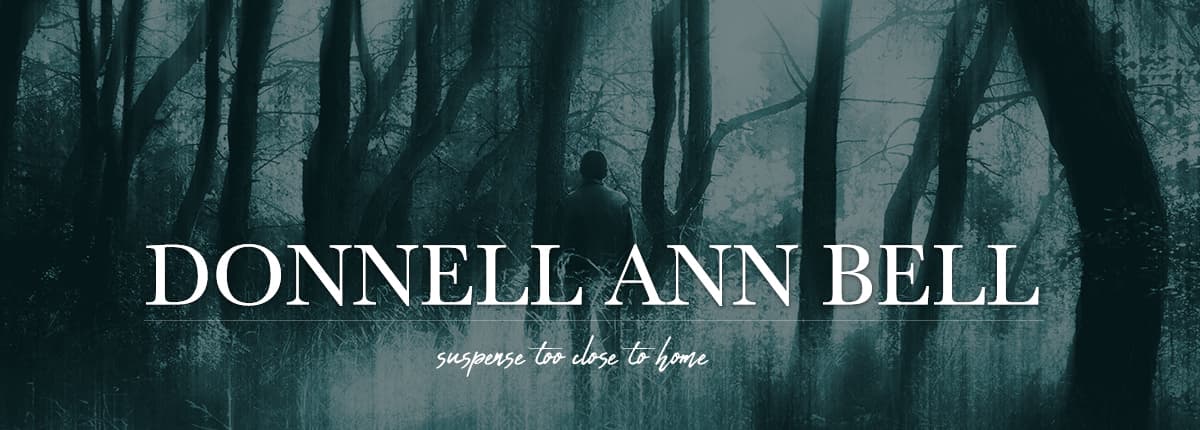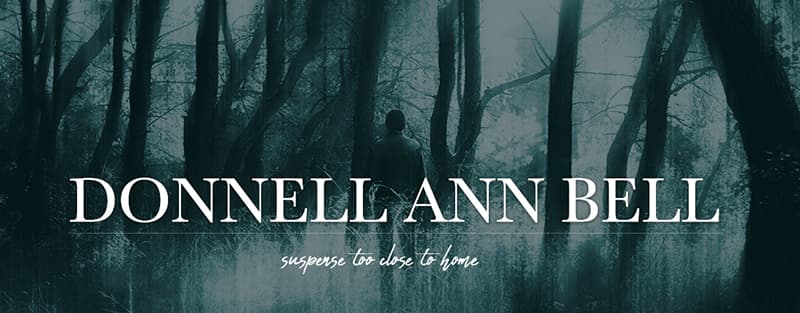One of my favorite quotes of all time is by Russian Writer Anton Chekhov who wrote, “I don’t need to know everything that’s in the room, I only need to know what I need to know is in the room.” That made so much sense to me, and why I’ve tried to remember it in my own writing.
Have you ever been reading a novel, only to find yourself skimming over a passage of long, drawn out setting or description? My guess is you did that because you already had a clear visual and were ready to get on with the story. Setting and description belong in a writer’s tool kit and used right are part of an invaluable arsenal.
When I write, I choose locations familiar to me or spend long hours checking out a town’s Chamber of Commerce page, Google maps, and then I contact people who live in the area to beta read and verify I have it correct. I try to sprinkle in popular landmarks, although be careful here; you don’t want it to read like a travelogue. The best way to mention a landmark is to make it imperative to a scene.
Additionally, because I write romantic suspense and mystery, if I’m ever going to say something negative about a place, e.g. place a dead body or a murder there, I change the name or make up a fictitious place that blends in seamlessly with an actual area.
Using the theme, Suspense too Close to Home, I’ve written about Denver, Albuquerque, a fictitious place close to El Paso, Texas and in my just released novel, Black Pearl, much of which takes place in Montrose, Colorado.
 But the book that I’m particularly proud of when it comes to setting was my adopted hometown of Colorado Springs, and the best-selling The Past Came Hunting. Because I’d lived in Colorado Springs for thirty years, I had a good grasp of the community and its surroundings.
But the book that I’m particularly proud of when it comes to setting was my adopted hometown of Colorado Springs, and the best-selling The Past Came Hunting. Because I’d lived in Colorado Springs for thirty years, I had a good grasp of the community and its surroundings.
As I mentioned above, the best way to mention a landmark is to make it imperative to a scene. (In the following scenes my cop protagonist is on his way to a hearing and my female protagonist is at her job after a brutal end to their relationship.) I could have described the places first then written about their turbulent emotions. Instead, I combined both setting and the emotions they were going through into the narrative. Hopefully, by doing this I upped the pacing . . . .
Joe walked into courthouse, flashing his badge to the security guards and bypassing the metal detectors. He had the record, the credentials, votes of confidence from peers and subordinates and the support of the district attorney. Combined, these factors all but guaranteed him the promotion to commander.
He was one lucky cop.
Images of Melanie flashed through his brain as he entered Division Room Four of a proceeding already in progress. So, with so much going for him, why wasn’t he smiling?
Transition to Female Protagonist
On the west side of town, things weren’t going much better for Mel. With Aaron visiting family in New York, she cleared the shelves of Christmas, Hanukah and seasonal items and prepared to mark them down. The best way to overcome heartbreak, she reasoned, was to throw herself into the things going right, namely her son and her job at Pinnacle Creations.
According to Aaron, they had thirty days to reduce inventory, then gear up for Valentine’s Day, Thanks to holidays and special occasions, the floral industry never ended. Unlike relationships.
Ideally, I didn’t have to describe a courthouse or a floral shop because these things are so well known to us. Setting and description are vital to a book. But like dialogue, external and internal narrative, emotion, and above all, an author’s voice, they are tools. Too much of anything is overwriting.
Do you find yourself skimming over long passages of setting to get back to the story?










